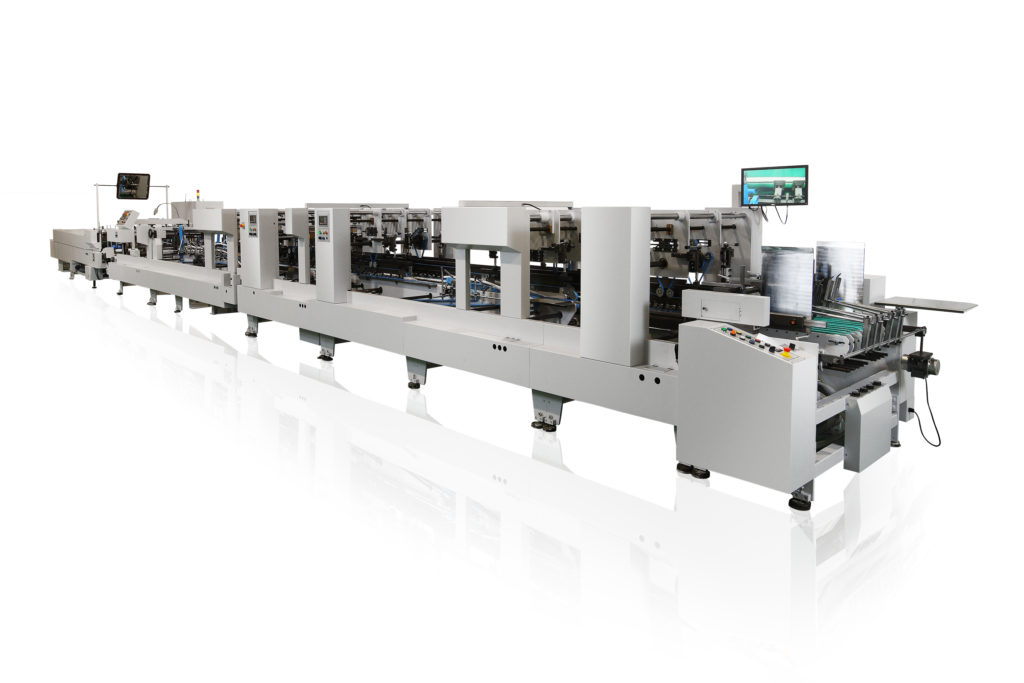For over fifty years, SBL Machinery has been dedicated to the production of post-press equipment, with the three most well-known post-press machines being the”Die cutting machine“, “Folder gluer machine” and ” Hot Foil Stamping Machine “, and the theme shared today is ” Folder Gluer Machine “, which is responsible for folding and shaping printed and die-cut cardboard and applying glue at the seams as per product or process requirements. This machine replaces manual box gluing, reducing labor costs while enhancing efficiency. Typically, it is the final step in post-press processing. With the rapid growth of the packaging and printing industry, the application of box gluing machines has become increasingly widespread. They are used for gluing boxes in various sectors such as pharmaceuticals, food, health supplements, cosmetics, and alcoholic beverages.
The key to improving efficiency lies in the correct operation and setup of the Folder Gluer machine. Of course, within this article, we will also share some industry-specific insights. We aim to enhance everyone’s knowledge in the field of box gluing machines and help customers achieve better results in terms of product yield and folding and gluing efficiency. Without further ado, let’s dive right into the three major techniques for enhancing the product yield of Folder gluer machines:


